Signs of Nicotine Addiction: Everything You Need to Know
Signs of Nicotine Addiction: Introduction
Nicotine addiction is rampant. According to a 2021 study, 22% of individuals in the U.S. (around 61.6 million people) reported using tobacco products or vaping nicotine in the past month, with 15.6% of individuals having smoked cigarettes.1
According to the World Health Organization, tobacco use results in a staggering eight million casualties globally. In addition, more than half of people who start using nicotine end up as casualties if they don’t quit.2
The good news is that, despite its high mortality rate, tobacco addiction is very treatable if the signs of nicotine addiction are identified early on.

Table of Contents
Learn More About Ripple Ranch Recovery Center
The Difference Between Nicotine and Tobacco
What is Nicotine Addiction?
What Causes Nicotine Addiction?
As a person continues to use nicotine, their body becomes accustomed to having a certain nicotine level in the system. When these levels drop, withdrawal symptoms such as irritability, anxiety, and cravings can occur. These then prompt them to seek out nicotine to ease these symptoms. This is known as physical dependence.
Apart from the physical aspect, many users develop a psychological reliance on nicotine. Situations, emotions, or routines can cause the urge to smoke or use nicotine products, making it a deeply ingrained habit.
Signs of Nicotine Addiction
Frequent Cravings
Increased Consumption
If someone finds that they’re using nicotine products more often than they used to, it could be one of the signs of nicotine addiction.
Irritability
Rationalizing Use
Prioritizing Smoking
Avoiding Non-Smoking Environments
Early Morning or Nighttime Use
Initial Withdrawal Symptoms
How to Distinguish Between Signs of Nicotine Addiction and Other Substance Use Disorders
Distinguishing between the signs of nicotine addiction and other substance use disorders (SUD) is crucial for appropriate intervention and treatment. Nicotine isn’t the only substance that’s widely abused, and many of these substances share a lot with respect to their symptoms and signs.
Here’s how to distinguish between the signs of nicotine addiction and those of other SUD:
Withdrawal Symptoms
Cravings
Behavioral Symptoms
A person with nicotine addiction will exhibit behavioral signs of nicotine addiction, like avoiding situations where smoking is prohibited. If this is a case of opioid addiction, there will be a manifestation of behaviors like lying and stealing.
For alcohol use disorder, the observable behavioral signs would be engaging in dangerous activities, like driving while intoxicated. Stimulant use disorder, on the other hand, comes with increased alertness and restlessness.
Some other marked signs of other substance use disorders include the following:
Alcohol Use Disorder (AUD)
- Blackouts and memory gaps after drinking
- Needing more alcohol to get drunk or experiencing reduced effects when drinking the same amount
Opioid Use Disorder
Signs of opioid use disorder include:
- Track marks: The presence of needle marks from injecting opioids
- Drowsiness: Falling asleep or a loss of consciousness at inappropriate times
Stimulant Use Disorder
- Reduced interest in food or significant weight loss
- Excessive distrust of others or feeling that others are out to get you
- Feeling unusually warm or having a raised body temperature
- Dilated pupils
Cannabis Use Disorder
- Red eyes: One of the common signs after cannabis consumption
- Increased appetite: Also referred to as the “munchies”
- Delayed reaction time: Slower reflexes and responses
- Memory issues: remembering things or forming new memories
- Paranoia: irrational fears that someone is out to get you
Do The Signs of Nicotine Addiction Differ Between Adolescents and Adults?
- Rapid development of addiction: Adolescents can develop signs of nicotine addiction after just a few uses. They can develop addiction from occasional smoking because the adolescent brain is more susceptible to the addictive effects of substances, including nicotine.
- Behavioral changes: These can be more pronounced in adolescents. Adolescents might become more rebellious and secretive or start associating with a different peer group. This is especially true if those friends use tobacco products.
- School performance: There might be a sudden drop in grades, decreased interest in school, or increased truancy.
- Mood fluctuations: Mood swings can be a normal part of adolescence. But, nicotine can worsen these, leading to increased irritability, anxiety, or mood disturbances.
- Use of other substances: Adolescents using nicotine are likelier to use alcohol, marijuana, or other drugs.
- Change in appearance: This includes an evident sudden lack of interest in appearance or personal hygiene. There might also be the smell of smoke on clothing or belongings.
Unique Signs of Nicotine Addiction in People Who Use Vaping Products
- Device dependence: People might constantly carry their vaping devices around. They become anxious if it’s not within reach. They may also frequently check the device’s battery life or the amount of liquid left.
- Frequent refilling: An increase in the frequency of refilling the liquid cartridge or pod indicates increased consumption. This is one of the telling signs of nicotine addiction.
- Higher nicotine concentrations: Some e-liquids come in various nicotine strengths. If someone starts using or shifts to e-liquids with higher nicotine concentrations, it might indicate a growing dependence.
- Vaper’s tongue: This is a term used in the vaping community to describe the sudden inability to taste the vape juice. It’s a temporary condition that can occur with frequent vaping.
- Vaping physical symptoms: These might include dry mouth, sore throat, dry cough, nosebleeds (due to dryness in the nostrils), and sensitivity to caffeine (which can cause jitters or rapid heartbeat).
How Can Ripple Ranch Help Deal With Signs of Nicotine Addiction?
Addiction can be challenging to recover from, especially if you’re trying to do it on your own. But, you don’t have to try to tackle addiction alone. Ripple Ranch is here to help.
Ripple Ranch is a treatment center that offers an excellent alternative to 12-step programs. At The Ranch, the focus is on providing a comprehensive and holistic approach to substance use disorder treatment.
But, why choose Ripple Ranch?
Excellent Staff-to-Client Ratio
Trained and Experienced Professionals
Treatment-Optimized Environment

Treatment Options Available For Nicotine Addiction at Ripple Ranch
Cognitive Behavioral Therapy (CBT)
CBT is a treatment that can help people recognize and challenge negative thought patterns related to their addiction. It provides tools to cope with cravings and avoid triggers.
Over time, CBT can help people replace these harmful patterns with healthier behaviors, reducing the risk of relapse.
Dialectical Behavioral Therapy (DBT)
DBT focuses on teaching coping skills to handle stress, regulate emotions, and improve relationships. It is especially useful for those who might smoke as a way to manage strong emotions or interpersonal conflicts.
Dual Diagnosis Treatment
Dual diagnosis helps to treat co-occurring mental health disorders alongside nicotine addiction. This is crucial since conditions like anxiety, depression, or PTSD can be intertwined with addiction.
Treating both conditions simultaneously can improve the outcome of treatment. It also helps to reduce the risk of relapse.
Family Systems Approach to Treatment
Medication Assisted Treatment (MAT)
Motivational Interviewing (MI)
This client-centered counseling approach enhances a person’s motivation to change. Therapists work to resolve ambivalence and tap into the person’s intrinsic motivation. MI helps people improve their commitment to quit and helps in building a plan for change.
Contact Ripple Ranch Today
At Ripple Ranch, we are totally committed to providing the best possible care for substance abuse. Are you currently struggling with nicotine addiction? Reach out to us today, and let us help you get better.
Resources
- 1https://nida.nih.gov/publications/research-reports/tobacco-nicotine-e-cigarettes/what-scope-tobacco-use-its-cost-to-society#:~:text=22.0%25%20(or%20about%2061.6%20million,days%20(2021%20DT%202.1).
- 2https://www.who.int/news-room/fact-sheets/detail/tobacco#:~:text=Around%2080%25%20of%20the%20world's,men%20and%207.8%25%20of%20women.
- 3https://www.healthline.com/health/nicotine-and-related-disorders
- 4https://www.webmd.com/smoking-cessation/understanding-nicotine-withdrawal-symptoms
- 5https://www.medicalnewstoday.com/articles/286745





